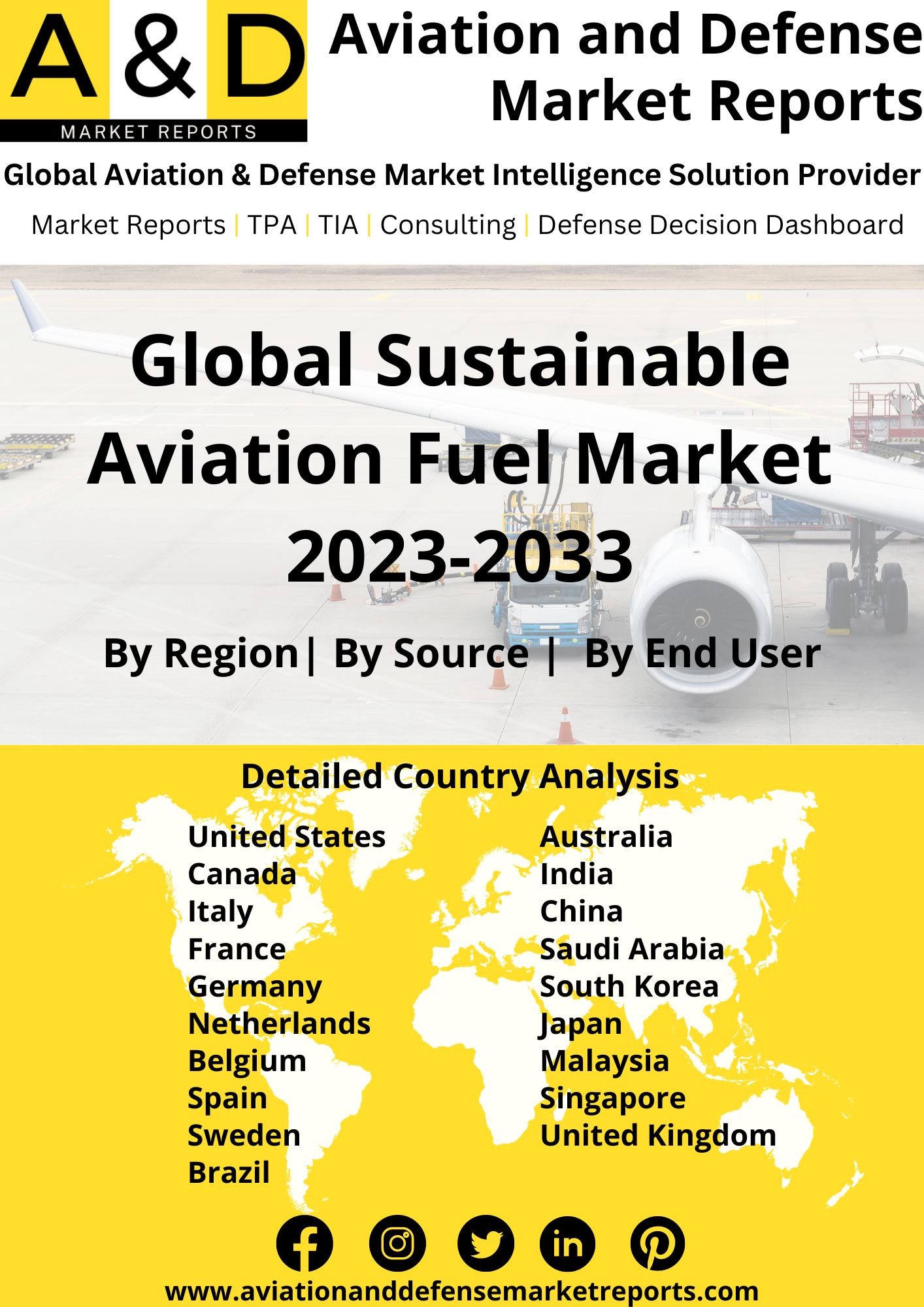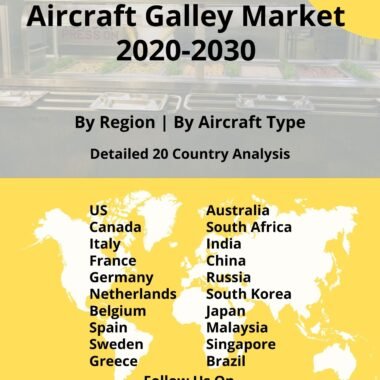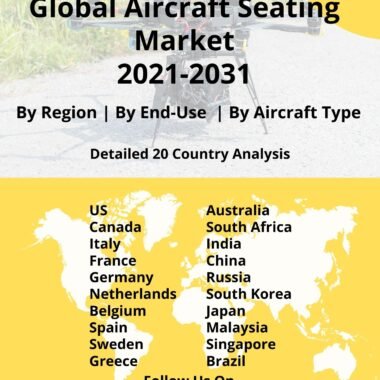Description
Sustainable Aviation Fuel Market
Frequently Asked Questions of Sustainable Aviation Fuel Market
The sustainable aviation fuel market is a rapidly growing market, driven by the increasing demand for more environmentally friendly air travel. The public is becoming increasingly aware of the environmental impact of air travel, and this is driving demand for more sustainable options. Governments around the world are introducing regulations to reduce the environmental impact of air travel. This is creating demand for new technologies and fuels that can help airlines comply with these regulations. There have been significant advances in technology in recent years, which are making it possible to develop more sustainable aircraft and fuels.
Sustainable aviation fuel market size (SAF) is a type of aviation fuel that is made from renewable or waste feedstocks. SAF can be used in existing aircraft without any modifications, and it has the potential to reduce greenhouse gas emissions by up to 80%. There are a variety of feedstocks that can be used to produce SAF. Biomass is any organic material that can be used to produce energy. This includes agricultural waste, forestry waste, and municipal waste. Waste is any material that is discarded and no longer has any value. This includes used cooking oil, animal fats, and waste plastics. Carbon dioxide can be captured from the atmosphere or industrial processes. This carbon dioxide can then be used to produce SAF.
The production of sustainable aviation fuel market analysis is a complex process, but it is becoming more efficient and cost-effective. Several different technologies can be used to produce SAF. Hydro processing is a process that uses hydrogen to convert biomass into SAF. Fischer-Tropsch synthesis is a process that uses carbon monoxide and hydrogen to produce SAF. GTL is a process that converts natural gas into SAF. Current attempts to minimize aircraft carbon emissions are centered on the development of sustainable aviation fuels (SAFs), which include both liquid biofuels (derived from algae, food crops, and food waste) and synthetic alternatives (such as green hydrogen or synthetic kerosene).
sustainable aviation fuel market analysis, while emitting the same amount of carbon as fossil fuels when burnt in flight, present a possible means of decreasing emissions due to their significantly cleaner life cycle than fossil fuels, according to scientists. The goal is to increase SAF production while minimizing environmental impact to guarantee these fuels are sustainable. However, even if SAF production is increased, most scientists agree that the most promising biofuels in present scenarios will not likely produce significant carbon savings to mitigate aviation’s climate implications.
SAF is a biofuel used to power airplanes that have qualities similar to regular jet fuel but a lower carbon footprint. SAF, depending on the feedstock and methods utilized to manufacture it, has the potential to significantly lower life cycle GHG emissions when compared to traditional jet fuel. Some new SAF approaches even have a GHG footprint that is negative. Growing, sourcing, and manufacturing SAF from renewable and waste resources has the potential to offer new economic opportunities in farming areas, enhance the environment, and potentially increase aircraft performance. Because many SAFs include fewer aromatic components, they burn cleaner in airplane engines. This implies fewer hazardous substances are emitted locally surrounding airports during takeoff and landing. Aromatic components can also operate as precursors to contrails, which can amplify the effects of climate change.
Major factors driving Sustainable Aviation Fuel Market Growth
Governments around the world are introducing regulations to reduce the environmental impact of air travel. This is creating demand for new technologies and fuels that can help airlines comply with these regulations.
Trends Influencing the Sustainable Aviation Fuel Market Size
There have been significant advances in technology in recent years, which are making it possible to develop more sustainable aircraft and fuels.
Sustainable Aviation Fuel Market Forecast & Dynamics
By technology, the sustainable aviation fuel market forecast is segmented into biofuel, hydrogen fuel, and power-to-liquid fuel. Biofuel is the most popular technology, accounting for the majority of the market share. By application, The sustainable aviation fuel market trends is segmented into commercial aviation, general aviation, and military aviation. Commercial aviation is the largest application segment, accounting for the majority of the market share.
Sustainable Aviation Fuel Market Analysis for Recent Developments
IAG Cargo, the cargo branch of International Airlines Group (IAG), will cooperate with Kuehne+Nagel to reduce cargo customers’ supply chain Scope 3 emissions by purchasing six million litres of sustainable aviation fuel (SAF) in 2023. According to an IAG Cargo release, the SAF, which will be certified by International Sustainability & Carbon Certification (ISCC) and made from used cooking oil and food waste, will have at least 80% lower lifecycle emissions than conventional jet fuel and will save over 15,000 tonnes of CO2.
Global efforts in the aviation industry have seen substantial progress in the adoption and production of sustainable aviation fuel (SAF), reflecting a commitment to reducing the environmental impact of air travel. Sustainable aviation fuel market report is derived from renewable resources such as biomass, waste oils, and advanced biofuels, offering a more environmentally friendly alternative to traditional jet fuels. Increased investments in research and development have led to advancements in the production processes, making sustainable aviation fuel more cost-effective and scalable. The aviation sector’s transition to SAF has been accelerated by regulatory initiatives and voluntary commitments from airlines to reduce their carbon footprint.
The use of sustainable aviation fuel contributes to a significant reduction in greenhouse gas emissions, as it can be blended with conventional jet fuel without requiring modifications to existing aircraft or infrastructure. This seamless integration aligns with the industry’s goal to achieve carbon-neutral growth and, ultimately, a reduction in overall emissions. Collaborative efforts across airlines, fuel producers, and governments have fostered the development of a more sustainable aviation ecosystem. As of 2023, the increased availability and adoption of sustainable aviation fuel mark a crucial step towards achieving a greener and more environmentally responsible aviation industry.





